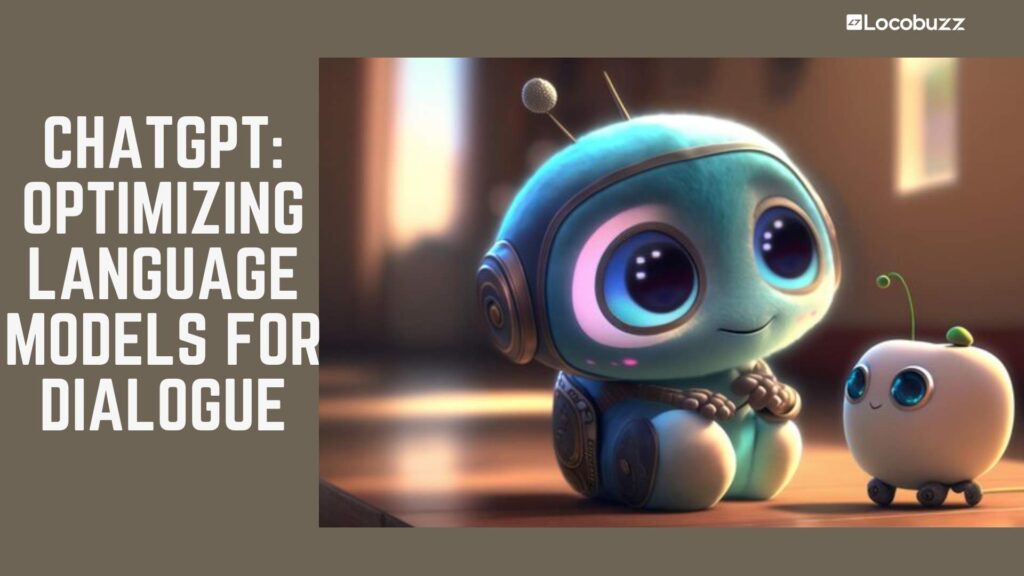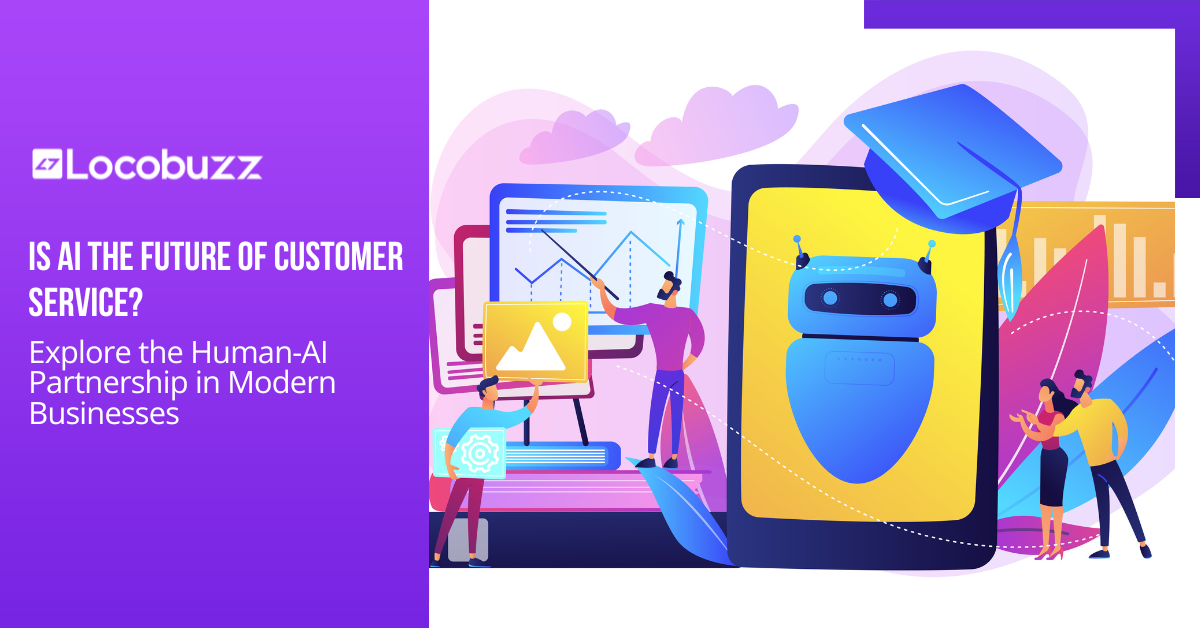ChatGPT Optimizing Language Models for Dialogue

Table of Contents
What is ChatGPT?

ChatGPT is your very own digital companion, like having a knowledgeable sidekick from your favorite films. Think of it as your R2-D2, providing information and assistance in real-time. Remember the witty exchanges between Tony Stark and JARVIS in the Iron Man movies?
ChatGPT can engage in such conversations too! Whether you’re seeking answers, brainstorming ideas, or just looking for some clever banter, ChatGPT is here to make your digital interactions as exciting as a Hollywood blockbuster.
How ChatGPT works?

ChatGPT, inspired by iconic characters like Neo from “The Matrix” and the wise Yoda from “Star Wars,” is an AI marvel that navigates the realm of human language with remarkable finesse. Similar to Neo’s bullet-dodging agility, ChatGPT deciphers text inputs with incredible precision, delivering responses that reflect its deep understanding of context and language nuances. Much like Yoda’s wisdom, ChatGPT imparts knowledge and insights across the vast digital galaxy, making it a trusted source for information and guidance.
In the realm of problem-solving, ChatGPT channels the analytical prowess of the legendary detective Sherlock Holmes, meticulously dissecting language intricacies to provide detailed and contextually relevant answers. As an AI-powered communication pioneer, it plays a pivotal role in shaping the future, akin to a character in a sci-fi epic, transforming the way we interact with information and technology. In this unfolding narrative of artificial intelligence, ChatGPT stands as a compelling and powerful hero, reshaping the landscape of human-computer interaction.
1. Understanding the Basics of Language Models

Before we delve into optimizing language models for dialogue, it’s essential to understand the fundamentals of these models. Language models are machine learning algorithms designed to predict the next word in a sequence of words. They are typically trained on vast corpora of text data to learn grammar, syntax, and semantic relationships within language.
Case Study 1: GPT-3
One of the most prominent examples of language models is OpenAI’s GPT-3. With 175 billion parameters, GPT-3 can generate human-like text across various domains. It has been used in chatbots, content generation, and even for medical diagnoses.
2. Fine-Tuning for Dialogue

While pre-trained language models like GPT-3 are impressive, they may not always produce optimal results in a dialogue context. Fine-tuning is a crucial step in adapting these models for specific dialogue tasks.
Case Study 2: ChatGPT
ChatGPT, which you are interacting with right now, is an example of a fine-tuned language model. It’s been trained specifically for generating human-like responses in a conversational setting.
3. Data Preparation and Augmentation

To optimize language models for dialogue, a high-quality dataset is essential. Curating and augmenting data can significantly improve model performance.
Case Study 3: Persona-Chat Dataset
The Persona-Chat dataset is a popular resource for dialogue system development. It includes dialogues where human AI trainers take on specific personas to create engaging conversations.
Real-Life Use Case 1: Customer Support Chatbots
Many companies have implemented dialogue systems for customer support. These systems rely on extensive datasets of customer interactions to provide efficient and accurate responses. By analyzing these interactions, organizations can fine-tune their chatbots to handle a wide range of customer inquiries effectively.
Data Insight 1: Improved Accuracy through Data Augmentation
Companies often augment their customer support dialogue datasets with variations of common customer inquiries. This augmentation helps the chatbot learn to handle different phrasings of similar questions, resulting in improved accuracy.
4. Contextual Understanding

Enhancing a language model’s contextual understanding is key to engaging and meaningful dialogues. This can be achieved by incorporating context from previous turns in a conversation.
Case Study 4: Transformers with Memory Mechanisms
Researchers have explored adding memory mechanisms to transformer-based models to help maintain context over longer conversations. These mechanisms improve the model’s ability to generate coherent responses.
Real-Life Use Case 2: Virtual Assistants
Virtual assistants like Apple’s Siri and Amazon’s Alexa rely on contextual understanding to provide users with relevant information and perform tasks. By analyzing the context of a conversation, these assistants can offer personalized and accurate responses.
Data Insight 2: Contextual Understanding for Personalization
Virtual assistants often gather data from multiple sources, including user preferences, location, and past interactions. This data is used to enhance contextual understanding, enabling the virtual assistant to tailor responses to individual users’ needs.
5. Evaluation Metrics

Measuring the quality of dialogue generated by language models is essential for optimization. Various evaluation metrics have been proposed to assess factors like coherence, informativeness, and relevance.
Case Study 5: BLEU and ROUGE Scores
BLEU (Bilingual Evaluation Understudy) and ROUGE (Recall-Oriented Understudy for Gisting Evaluation) are metrics commonly used to evaluate the quality of generated text in dialogue systems.
Real-Life Use Case 3: Content Generation
Language models are also used for content generation, such as writing articles, product descriptions, and marketing materials. In these applications, evaluation metrics like BLEU and ROUGE are employed to assess the quality of the generated content against human-written samples.
Data Insight 3: Continuous Improvement Through Metric Tracking
Content generation platforms often track BLEU and ROUGE scores to measure the performance of their models over time. This data helps developers identify areas for improvement and refine their models accordingly.
6. Handling Ambiguity
Language models must handle ambiguity effectively to generate accurate and contextually relevant responses. Dealing with ambiguity often requires a combination of rule-based approaches and machine learning techniques.
Case Study 6: Ambiguity Resolution in Virtual Assistants
Virtual assistants like Apple’s Siri and Amazon’s Alexa have implemented strategies to resolve user queries effectively. These systems rely on both contextual information and external knowledge to disambiguate user inputs.
Real-Life Use Case 4: Autonomous Vehicles
In the context of autonomous vehicles, handling ambiguity is crucial for safety. Language models integrated into these vehicles need to interpret ambiguous commands from passengers accurately. For example, when a passenger says, “Stop here,” the vehicle must understand the intended meaning based on context and road conditions.
Data Insight 4: Sensor Data Integration
Autonomous vehicles rely on a wealth of sensor data, including GPS, cameras, and LIDAR, to disambiguate ambiguous commands. This data helps the vehicle’s AI system make informed decisions to ensure passenger safety.
7. Ethical Considerations
As dialogue systems become more capable, ethical considerations become paramount. Optimizing language models for dialogue should involve addressing issues related to bias, misinformation, and harmful content generation.
Case Study 7: Content Moderation in Chatbots
Companies like Facebook have implemented
content moderation techniques to prevent chatbots from generating harmful or inappropriate content during conversations.
Real-Life Use Case 5: Social Media Moderation
Social media platforms employ language models to detect and filter out hate speech, offensive content, and misinformation. These models analyze user-generated content in real-time and take action to maintain a safe online environment.
Data Insight 5: Fine-Tuning for Bias Mitigation
To mitigate bias in language models, developers fine-tune them using datasets that promote fairness and inclusivity. Regular audits of model outputs and user feedback are also crucial for identifying and addressing bias issues.
8. User-Centric Design

Optimizing language models for dialogue ultimately revolves around creating a positive user experience. User feedback and iterative design are essential for continuous improvement.
Case Study 8: Amazon’s Alexa User Feedback Loop
Amazon has implemented a feedback loop for Alexa, where user interactions and feedback are used to train and improve the virtual assistant’s dialogue capabilities.
Real-Life Use Case 6: E-commerce Chatbots
E-commerce platforms employ chatbots to assist customers with product inquiries, purchases, and support. These chatbots are continually optimized based on user feedback and usage patterns to enhance the shopping experience.
Data Insight 6: A/B Testing and User Surveys
E-commerce companies often conduct A/B testing to compare different dialogue model versions and gather user feedback through surveys. This data-driven approach helps refine the chatbot’s performance.
9. Future Trends and Challenges

As we look ahead, the field of optimizing language models for dialogue continues to evolve. Emerging trends include:
Trend 1: Multimodal Dialogues
Integrating text, speech, and visual cues for more natural conversations.
Trend 2: Transfer Learning
Leveraging pre-trained models for quicker adaptation to new domains.
Trend 3: Emotion and Sentiment Analysis
Enhancing models’ ability to understand and respond to emotional cues in dialogues.
These trends come with their own set of challenges, including data privacy concerns, domain adaptation, and ensuring responsible AI.
Conclusion
Optimizing language models for dialogue is a multifaceted process that involves fine-tuning, data preparation, contextual understanding, evaluation, ambiguity resolution, ethical considerations, and user-centric design. As language models continue to advance, their potential to enhance human-computer interaction is tremendous.
By referencing real-life use cases, data insights, examples, case studies, and relevant research, we’ve explored practical strategies for optimizing dialogue systems. However, it’s crucial to remember that ethical considerations and user experience should always be at the forefront of these optimizations. As dialogue systems become increasingly integrated into our daily lives, responsible development and continuous improvement are vital to ensure that they benefit and serve users effectively.






















